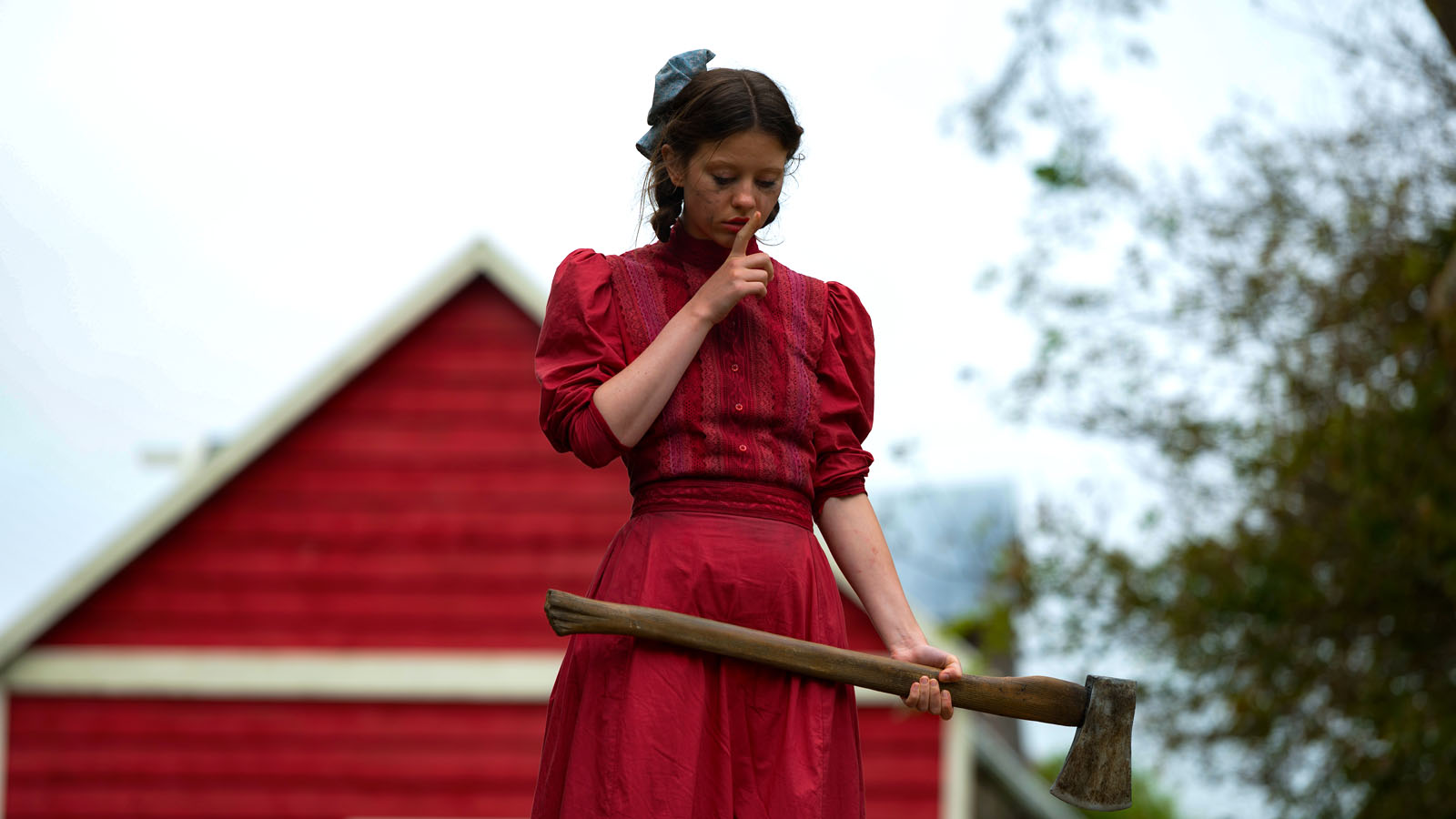
This past March, X, Ti West’s gleefully raunchy hybrid of two late-’70s subgenres (farmhouse horror and farmer’s-daughter porn), overachieved in four meaningful ways. It balanced lurid camp with authentic human motivation, inviting the audience to invest in its characters’ plights while exhibiting standard hoot-and-jeer responses to the slasher-influenced material. It introduced us to aged-but-lethal farmer’s wife Pearl, whose murders of the young libertines shooting an adult film on her property stem not from moralistic outrage but its opposite—frustration that her decrepit body and her husband’s weak heart prevent the gratification of her still-active libido. It double-cast actress Mia Goth as one of the nubile twentysomethings, final girl Maxine Minx, and the eightysomething Pearl (with the aid of exceptionally convincing makeup), hinting at Goth’s potential as a genre all-star. And it dropped a post-credits teaser of Pearl’s origin story, prompting murmurs of a new cinematic universe—the first one I’ve cared about since the death of Krzysztof Kieślowski.
Now, six months later, West’s Pearl arrives in theaters to face the expectations set by its predecessor. We return to the Texas homestead of X (with the Lone Star State credibly played by New Zealand) but have jumped back in time some 60 years, with Goth’s Pearl now resembling the youthful Maxine, down to the blue overalls she wears around the farm. The end of World War I is nigh, but the country is caught in the grip of the Spanish flu outbreak, paranoia over which causes Pearl’s stern German mother Ruth (riveting Tandi Wright) to treat her with dictatorial scorn—even though Pearl is an adult, married to a soldier who has not yet returned home (but whom we understand to be X’s indulgent Howard). Pearl dreams monomaniacally of trading humdrum farm life for a career in movies, and as she strikes histrionic poses in front of a triple mirror and confides her wishes to animals she’s named for silent-screen stars (the gator that featured prominently in X—or its mother—is “Theda”), the film shows us that cinephilia and celebrity worship existed long before the movies learned to talk, and our obsession with the glamor intrinsic to stardom was shared enthusiastically by our great-grandparents.
Still, there’s something not quite Dorothy-ish about the way this farm girl tells her livestock friends, “One day the whole world’s gonna know my name”—and before long, a goose that has given what may’ve been construed as a look of doubt winds up on the end of her pitchfork. The Wizard of Oz affinities conclusively shatter when Pearl unfastens a scarecrow from its post and proceeds to waltz with it like the stars of Palace Follies, the (fictitious) film she’s just seen in town, before having her way with it in the cornfield. Goth manages to keep ridicule at bay in these scenes by playing them for emotional truth, not cheap laughs. An infantilized, sexually frustrated war bride burdened with the highly intimate care of her infirm father (Matthew Sunderland) by her fearsome and repressive mother, Pearl seizes these moments to meet the needs that go unanswered in her routine of thankless servitude. “Life is about making the best of what you have,” Ruth admonishes her. The balance of the film details how she fatally misinterprets this advice.
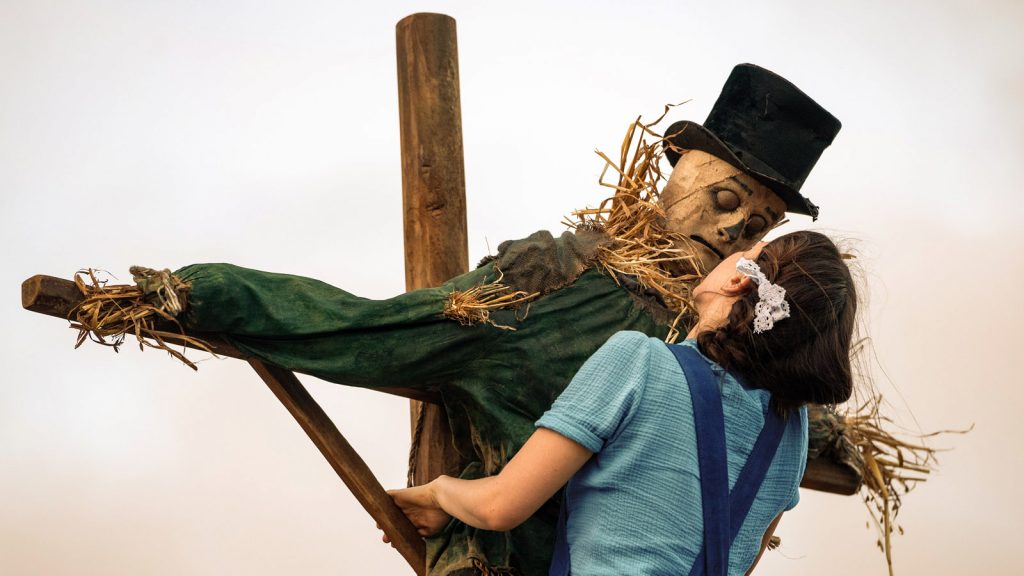
Knowing Pearl’s homicidal inclination from the jump, it’s not hard to guess what happens to her parents, her movie-projectionist paramour (David Corenswet) who calls himself “bohemian” and wants to make stag films like the crew of X, or her vivacious blonde sister-in-law Mitzy (Emma Jenkins-Purro); recall Pearl’s line from the first film, “You know I don’t like blondes.” One could argue that Pearl is the weaker narrative for its dearth of defied expectations and overabundance of callbacks. But think of it as West’s Kill Bill: Volume 2. Rather than play the sucker’s game of trying to outpace the audacity and momentum of the original, he doubles down on characterization—and were it not for the genre trappings surrounding her, Goth would vault to the top of award-prognosticators’ ballots.
Known for her horror-adjacent performances in Lars von Trier’s Nymphomaniac and Claire Denis’s High Life, and for taking over the role of dance student Sara in Luca Guadagnino’s overblown Suspiria remake, Goth is a performer of unwavering commitment. Having co-written Pearl’s screenplay with West, she takes us out where the buses don’t run, early and often, but her performance is so layered that the threat of monotony never arises; we simply wait, transfixed, for our next chance to see her play 16 emotions at once. After Pearl fails a do-or-die dance audition—solo, but imagined as a chorus line with Pearl clad in red, flanked by hoofers in WWI combat uniforms with bombs exploding in the trenches behind them—the British-born actress’s coquettish but innocent Texan drawl morphs into hysteria as she wails primally to the judges, “I’m a star!” and refuses to relinquish the stage. Shortly after, prompted by Mitzy to release the bottled-up sentiments she wishes she could share with absentee husband Howard, Pearl unloads a torrent of agony—at God for ignoring her prayers, at Howard for failing to rescue her from the farm and then abandoning her there, at the lost baby she loathed having inside her, and at herself for the normality that’s always eluded her grasp. The monologue is presented in an unbroken take, with Goth navigating psychological hairpin turns from remorse to self-justification, vulnerability to wrath. The actress has spoken of feeling unprepared for this showcase scene due to her lack of technical training, but that very rawness is what makes it so potent: we’re not watching Anne Hathaway ugly-cry her way to the Oscar podium, but Pearl herself, through the vessel of Goth, expelling a lifetime’s worth of misery. Knowing the gruesome, pathetic end to the character’s story lends added poignancy to her confession.
The most startling aspect of Pearl’s nature is her ability to recognize her own aberrant tendencies. She often tells her confidantes that “there’s something missing in me that the rest of the world has.” The quality she lacks—call it the X factor, per the dance-hall judge—is not empathy, as one might assume, but the ability to process disappointment. She’s watched Ruth’s broken dreams warp her into a smothering harridan, but in overcompensating for her mother’s mistakes, she’s failed to develop the coping skills needed to bridge the gap between desire and reality. And for that omission, others pay dearly. Eliot Rockett’s lush cinematography casts Pearl in the mold of numerous Technicolor-noir antiheroines (one thinks of Gene Tierney in Leave Her to Heaven, with its inviting-but-sinister lakeside setting), but as rendered by Goth, she’s a victim of thwarted ambitions, parental subjugation, and pandemic-inspired cabin fever that’s wincingly relatable (nothing sends a chill down the viewer’s spine like the coughs of Pearl’s fellow theatergoers when she steals an afternoon at the movies). Once more the film’s postscript teases future brand extension—Goth will return in the 1985 world of MaXXXine—but it’s hard to imagine her equaling the tremulous rictus grin she maintains over the end credits. Watching Mia Goth make the best of what she has is the most interesting thing to happen to horror in quite a long time.
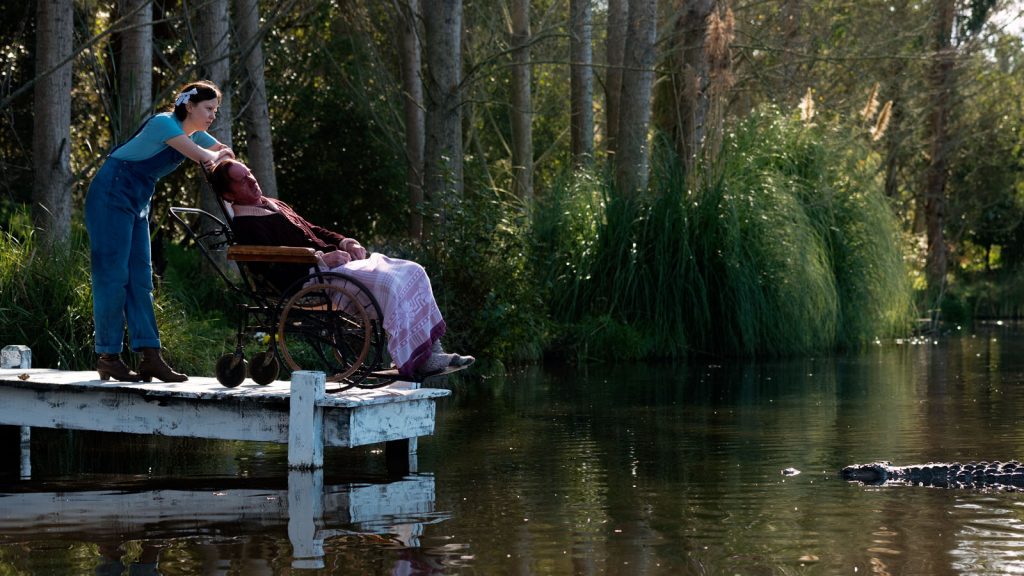
is the copy editor for Field of Vision’s online journal Field Notes and for Film Comment magazine, as well as a frequent contributor to Film Comment, Metrograph’s Journal, and other publications. He wrote a thesis on depictions of old age in American cinema.
Beast is a lot of movies in one package—fractured fairy tale, belated-coming-of-age story, psychological drama, regional horror film—but above all it’s a calling card for its leading lady, Jessie Buckley.
BY STEVEN MEARS | October 31, 2021
When Bette Davis as Jane served Joan Crawford’s Blanche her pet bird for “din-din,” a new strain of horror was born.
BY STEVEN MEARS | April 19, 2022
Audiences and filmmakers alike can’t seem to get enough of body horror. The Soskas went for it full-throttle with their 2019 remake of Cronenberg’s Rabid (an early work by one of the subgenre’s originators).
BY LAURA KERN | April 19, 2022

This pre-Code offering packs a lot of story into its typically brisk running time, with several plot threads weaving together a (not always successful) tapestry of spooky and criminal doings.
READ MORE >
BY ANN OLSSON | Month 00, 2021
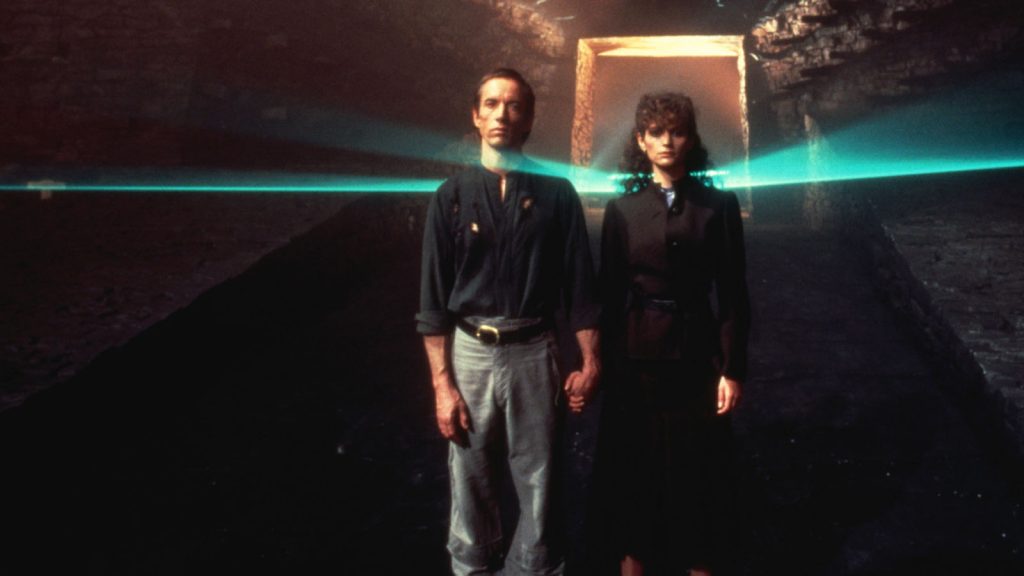
In what could be the fastest-resulting rape revenge movie, a drunken lout brutally forces himself on Ida, the young woman who doesn't return his affections, during a party over Labor Day.
READ MORE >
BY LAURA KERN | Month 00, 2021
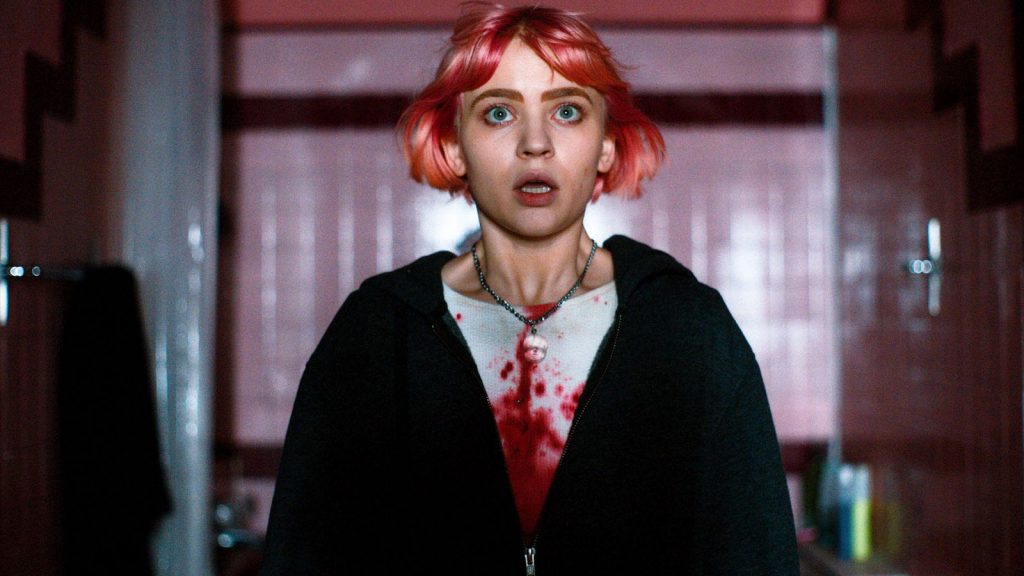
Beast is a lot of movies in one package - fractured fairy tale, belated-coming-of-age story, psychological drama, regional horror film - but above all it's a calling card for its leading lady, Jessie Buckley.
READ MORE >
BY LAURA KERN | Month 00, 2021